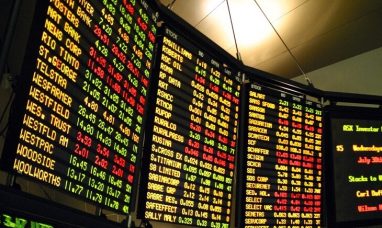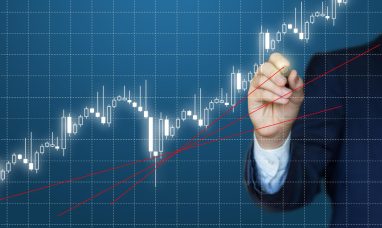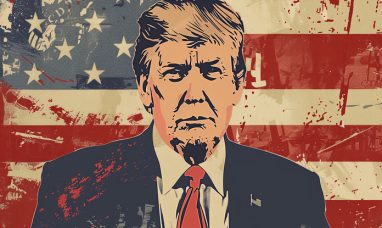The global financial markets have been experiencing significant turbulence, largely due to the unwinding of a massive carry trade, which has triggered a series of sell-offs. As investors grapple with the aftermath, many believe that the aftershocks of this carry trade unwind are far from over, raising concerns about continued market volatility and potential impacts on a variety of assets.
Understanding the Carry Trade Unwind
The concept of a carry trade is well-known in currency markets. Investors typically borrow money from economies with low interest rates, such as Japan or Switzerland, to invest in higher-yielding assets elsewhere. In this instance, many investors had utilized yen-funded trades to acquire stocks, leveraging Japan’s historically low interest rates. However, a surprise rate hike by the Bank of Japan has thrown this strategy into disarray, leading to a rapid unwinding of these trades.
This unwinding process has been accelerated by a higher-than-expected U.S. unemployment rate, which sparked fears of an impending recession. The resulting sell-off saw the Nasdaq Composite and the S&P 500 experience sharp declines, although both indices managed to trim some losses by the close of trading on Monday. Tokyo markets also rebounded slightly on Tuesday after suffering similar losses.
Market Impact and Investor Reactions
Despite the brief respite, many investors are bracing for further volatility as the carry trade unwind continues. Zhe Shen, head of diversifying strategies at TIFF Investment Management, noted that the unwinding of these trades could take several more days, potentially extending the market rout. “People said, ‘wait, we’re losing too much money from unwinding. Let’s just hold and we’ll unwind some more tomorrow,’” Shen explained.
The scale of the yen carry trades that still need to be closed out remains uncertain, which adds to the anxiety in the markets. Ulf Lindahl, CEO of Currency Research Associates, emphasized that “there’s tons and tons of yen carry trades that still have to be closed out,” suggesting that the market could see continued pressure in the days ahead.
Hedge Funds and Risk Management
Hedge funds, particularly those with strategies affected by currency fluctuations, have been hit hard by the recent yen rally. According to calculations by hedge fund research firm PivotalPath, funds focused on global macro quantitative and managed futures have seen losses of between 1.5% and 2.5% in August. These losses reflect the exposure to the Japanese currency and the difficulties in navigating the rapid changes in the market.
Kathy Jones, chief fixed income strategist at Schwab, highlighted the challenge of assessing the full impact of the carry trade unwind. “It’s very, very hard to know what the actual size of those positions are and how much is hedged and how much isn’t hedged, and therefore how much pressure is on,” she said. The involvement of leveraged hedge funds and derivatives has likely amplified the market’s reaction, leading to more significant swings in asset prices.
The Path Forward: Continued Volatility
Some investors and money managers have already begun reducing risk in response to the recent market turmoil. Mike Gleason, director of equity alternative strategies at Acadian, observed that “momentum certainly has been unwinding quite a bit in the past few days, and that’s cutting across all asset classes.” This broad-based response indicates that investors are preparing for more turbulence, potentially leading to further declines before stability is restored.
Despite these challenges, there are indications that some investors are viewing the current market conditions as a buying opportunity. Schwab’s Jones noted that “we’re seeing a fair number of people who are looking to be buyers on this setback,” suggesting that the market could see a more balanced, two-way trading environment in the near future.
Conclusion
The carry trade unwind has created a wave of volatility across global financial markets, with significant aftershocks still expected. As investors navigate this turbulent period, the focus remains on managing risk and preparing for potential further declines. The extent to which the markets can stabilize will depend on how quickly these carry trades are fully unwound and how investors respond to the evolving economic landscape.
Featured Image: Freepik









